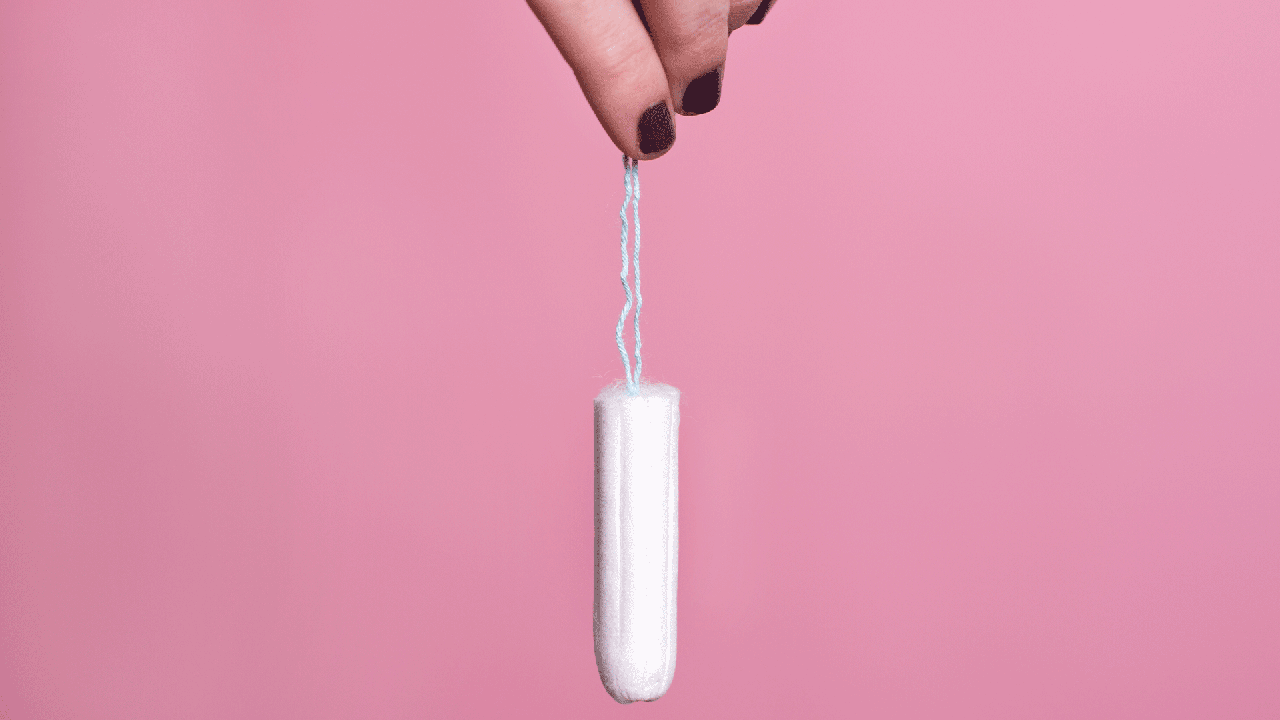If such is the case, then why do so many photos online seemingly demonstrate that older tampons look so much larger than new ones? This could be due to their applicators changing, not necessarily the tampon inside.
Both Tampax Pearl and Tampax Radiance, for example, which are far more “compact” than their cardboard predecessors due to the sleek, plastic applicators in which they come, were introduced in 2008 and 2012, the spokesperson tells me via Zoom. “Since both of those products have been available to consumers, we’ve not changed the size or absorbency of our product,” the spokesperson says.
But while the tampons may appear to be more condensed upon opening, Tampax reiterates that there is no difference in absorbency, because there can’t be: Tampons are actually considered a class II medical device, which is the same as hearing aids, electric wheelchairs, and some pregnancy tests. This means that the FDA regulates all tampon production, absorbency, size, risk-assessment, design, and product testing over all, ensuring each brand’s products are up to industry—and FDA—standards at-large.
X content
This content can also be viewed on the site it originates from.
“Tampax rigorously tests our products, ensuring that we meet what the consumer standards are and keeps our developers safe in the process,” the spokesperson confirms. “But the most important test is whether Tampax works is for each woman in their flow.”
Tampax’s advice? Be sure you’re using the proper tampon absorbency level at all points of your cycle. “It’s worth emphasizing that we know every consumer and every flow is different, which is why we have Tampax in sizes from light to ultra,” the spokesperson says. “Everyone’s flow is different which is why why it’s so important to choose the right absorbency. If you are using a regular tampon for every day of your flow, you may not be using the best for you.”
Read the full article here








